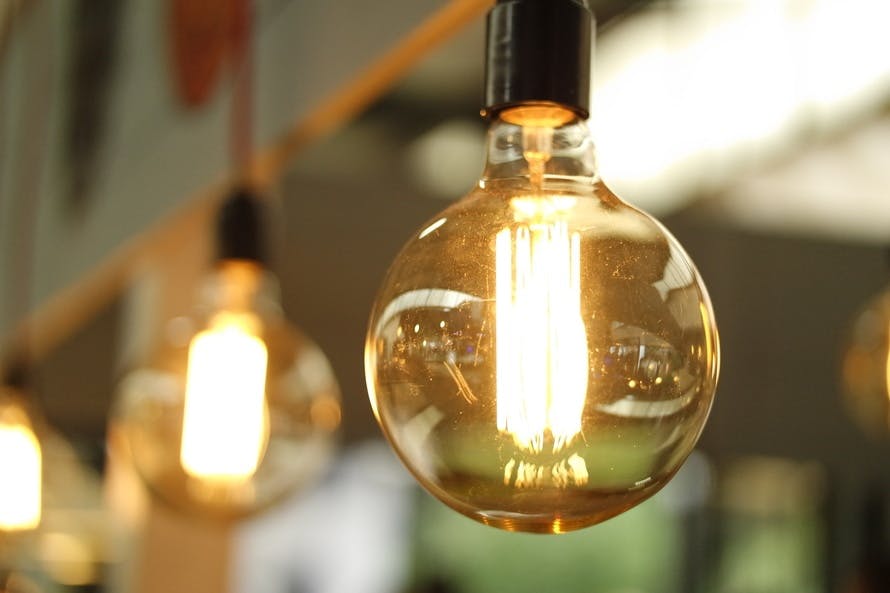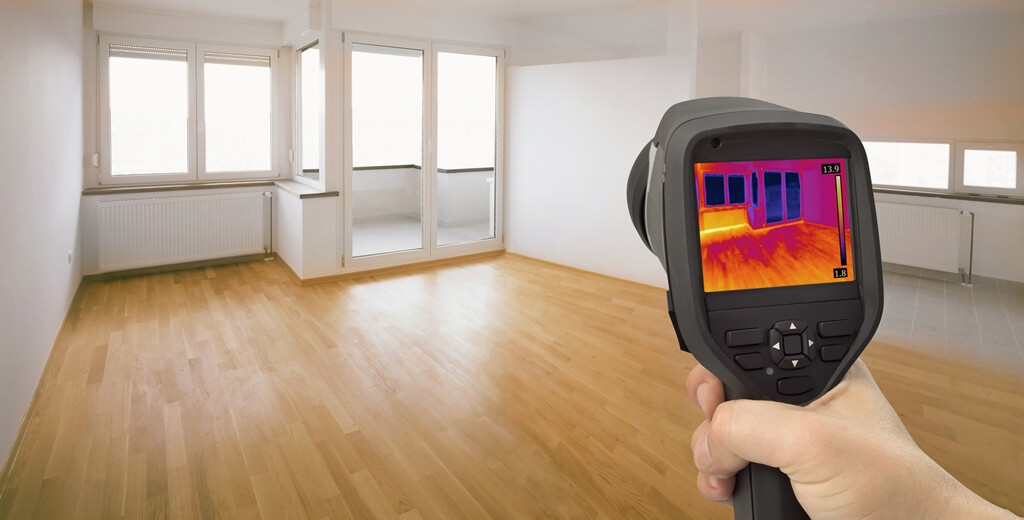Just how important is it for real estate developers and property managers to incorporate sustainable design elements into their buildings? According to renters, very.
With rising energy costs and the world’s water quality quickly declining, reducing our carbon footprint has become an immensely important issue in today’s society. Unfortunately for real estate developers and property managers, the largest culprits of energy absorption are buildings. According to the United Nations Environment Programme, buildings account for almost half of the world’s energy expenditures, 40% of greenhouse gas emissions, 25% of the earth’s drinkable water, and in developed countries, over 20% of all solid waste produced. Due to discouraging statistics such as these, it is becoming critical for architects and real estate companies to integrate energy efficient features into their design in an effort to minimize destruction of the environment and reduce energy usage. This is especially important for larger structures, such as multifamily properties.
Renters are also becoming aware of the necessity of green design in construction and are progressively requiring more eco-friendly components in their housing. In the annual Resident Preferences Survey conducted by the National Multifamily Housing Council, respondents said they were willing to pay an extra $32.64 per month in rent to live in an apartment complex that has earned a “green building” certification. A total of 75% of those surveyed said they were “interested” or “very interested” in green certifications, which includes awards such as Leadership in Energy and Environmental Design (LEED) appointed by the U.S. Green Building Council. 43% of respondents also mentioned they felt that apartment community websites should mention how sustainable features were used the development and design of the property.
At Gainesville, Florida real estate developer and property management company Trimark Properties, we are continuously searching for ozone-friendly, green components to integrate into our buildings in an effort to reduce harm to the environment and keep the city of Gainesville unpolluted. In the long run, including sustainable, energy efficient features and trends into building design reduces energy, saves money and makes residents happy.
Below are 5 sustainable building design trends that impress residents and reduce energy usage:

1.) Daylighting
One of the most important steps in a low-energy design approach is reducing the use of artificial lighting. This can be done by increasing the amount and size of windows in each apartment, allowing sufficient sunlight from outside to illuminate the inside space without the need for multiple energy-absorbing lightbulbs. At Savion Park Luxury Apartments in Gainesville, for example, many units feature floor to ceiling windows, diminishing the need for any artificial light during the day. This subsequently lowers electric costs which would typically be dominated by lightbulb use.

2.) Energy Efficient Appliances
One of the easiest ways to incorporate green features into your multifamily property is by adding energy efficient appliances. At Savion Park, residents can enjoy energy efficient washers and dryers in their apartments, reducing water and electricity usage substantially. Residents enjoy the ability to do laundry without racking up hundreds of dollars in utility fees due to water usage.
Adding energy efficient lightbulbs as opposed to the typical fluorescent lighting can also decrease electric costs by more than $65 a year. Low-flow showerheads, another resourceful feature, can save up to $145 a year per showerhead on electricity. In a multifamily properties with hundreds of residents, that can add up to thousands of dollars saved every year!
3.) Reprocessed Resources
Instead of depleting more resources when looking for building materials, consider using salvaged material, such as wood or previously used bricks, to complete construction. Using reclaimed lumber gains points towards the LEED certification, prevents further environmental damage, is costly for developers, and impresses potential residents with your property’s commitment to upcycling.
4.) Low VOC Paint and Carpets
In a study completed by the EPA, levels of certain organic pollutants were found to be two to five times higherinside the home than outside of it. This is due to volatile organic compounds found in many paints and carpets, which negatively impacts the air quality and the health of those surrounded by it. By using paints and carpets with low levels of VOCs, the condition of the air is enhanced, and the health of residents is ameliorated.
5.) Reflective Roofs
Consider adding a roof to your development with a high solar reflectivity index (or SRI). These roofs reflect more solar heat than roofs with a lower SRI, subsequently lowering the temperature inside the building and reducing the need for lower air conditioning temperatures, keeping energy costs low.
The most effective building designs are those done with sustainable features incorporated into every aspect of the construction process. For multifamily properties which lodge hundreds of residents and consume a large amount of energy each day, it is important to place eco-friendly and energy resourceful elements throughout to keep costs and energy usage down. The benefits of cheaper long-run costs, less environmental damage, and satisfied residents makes adding green elements to your property an obvious and smart choice.


